webAI KG RAG dramatically outperformed ChatGPT o3 (95% accuracy vs. 60%) on complex multimodal manufacturing documentation.
Traditional RAG fails with multimodal documents, missing critical details from diagrams, tables, and images.
webAI’s proprietary graph-driven retrieval integrates visual and textual data, ensuring complete, accurate, and verifiable responses.
Manufacturers see real-world benefits: reduced downtime, fewer operational errors, and improved compliance readiness.
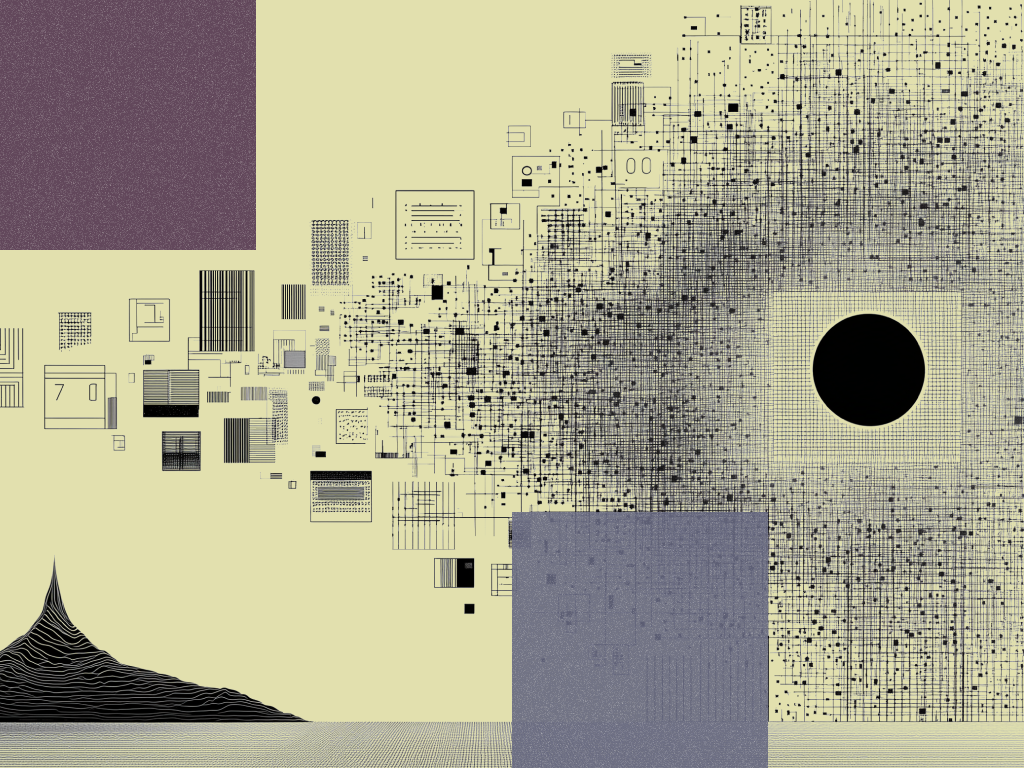
This is the third post in our Knowledge Graph RAG series.
Post 1 explored why traditional RAG falls short on multimodal enterprise documents and introduced webAI’s proprietary vision-plus-language knowledge graph solution.
Post 2 detailed our benchmark results, highlighting a 94% accuracy win on RobustQA.
Now, we move from benchmarks to real-world scenarios, testing webAI directly against OpenAI’s ChatGPT o3 on manufacturing-specific documentation.
The TLDR: webAI Knowledge Graph RAG answered 95% of questions correctly in a head to head challenge against ChatGPT o3 about a complex manufacturing manual. o3 struggled mightily with the complex document and delivered correct answers only 60% of the time.
This isn’t academic benchmarking. This is real world, high stakes retrieval.
Manufacturing organizations rely heavily on complex, dense documents. These lengthy technical manuals, detailed SOPs, intricate schematics, and engineering diagrams aren’t simple blocks of text; they're packed with diverse visual and spatial information critical for safe and efficient operations.
Yet traditional retrieval-augmented generation (RAG) systems have fundamental flaws when dealing with these multimodal sources. These limitations include:
Manufacturers increasingly acknowledge these pain points as they experience operational inefficiencies and safety risks, such as extended downtimes, increased error rates, and slower response during critical incidents.
webAI’s solution addresses these fundamental challenges head-on through our unique multimodal Knowledge Graph RAG approach:
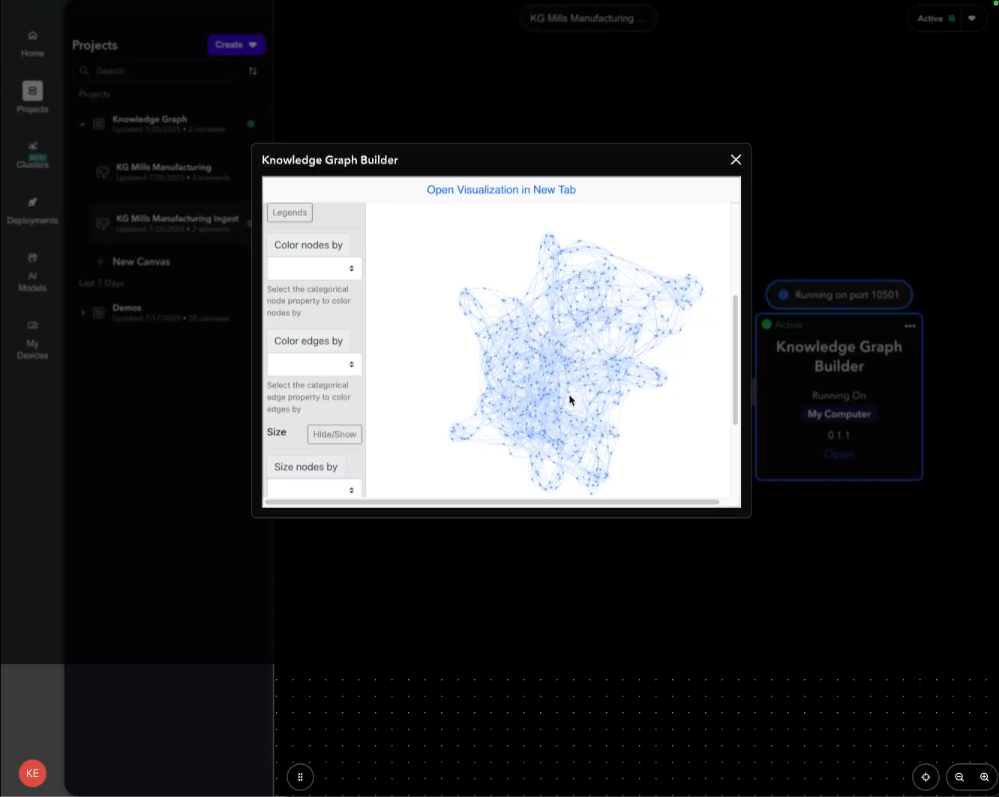
We wanted to evaluate our solution in a real-world manufacturing context, so Senior Solutions Engineer Keith Tenzer conducted an extensive test using a detailed 400-page milling operations manual from Haas Automation, Inc.
Haas builds some of the most popular and widely used CNC milling machines in the world. The manual was representative of the type of complex documentation regularly encountered in industrial manufacturing settings, packed with diagrams, operational tables, and procedural instructions.
Keith executed a side-by-side evaluation, comparing:
Both systems ingested the exact same milling manual. Keith then posed 20 practical, manufacturing-specific questions covering numeric lookups, image recognition, procedural explanations, and nested logical reasoning.
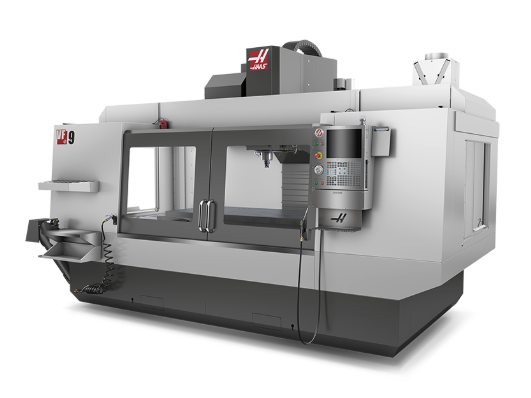
Before we dive into the details, here's a quick overview of our evaluation comparing webAI’s KG RAG directly against ChatGPT o3:
—Overall Accuracy—
webAI KG RAG: 19 / 20 (95%) ✔️
ChatGPT o3: 12 / 20 (60%) ✖️
—Image-based Questions (5 total questions)—
webAI KG RAG: 5 / 5 (100%) ✔️
ChatGPT o3: 0 / 5 (0%) ✖️
—Sources Provided—
webAI KG RAG: Every answer ✔️
ChatGPT o3: None ✖️
ChatGPT o3 struggled exactly where legacy RAG research predicted: interpreting visual data and handling multi-hop context. webAI’s single incorrect response was a deliberate trick question designed as an edge case for the underlying LLM—not a limitation of our knowledge graph or retrieval approach.
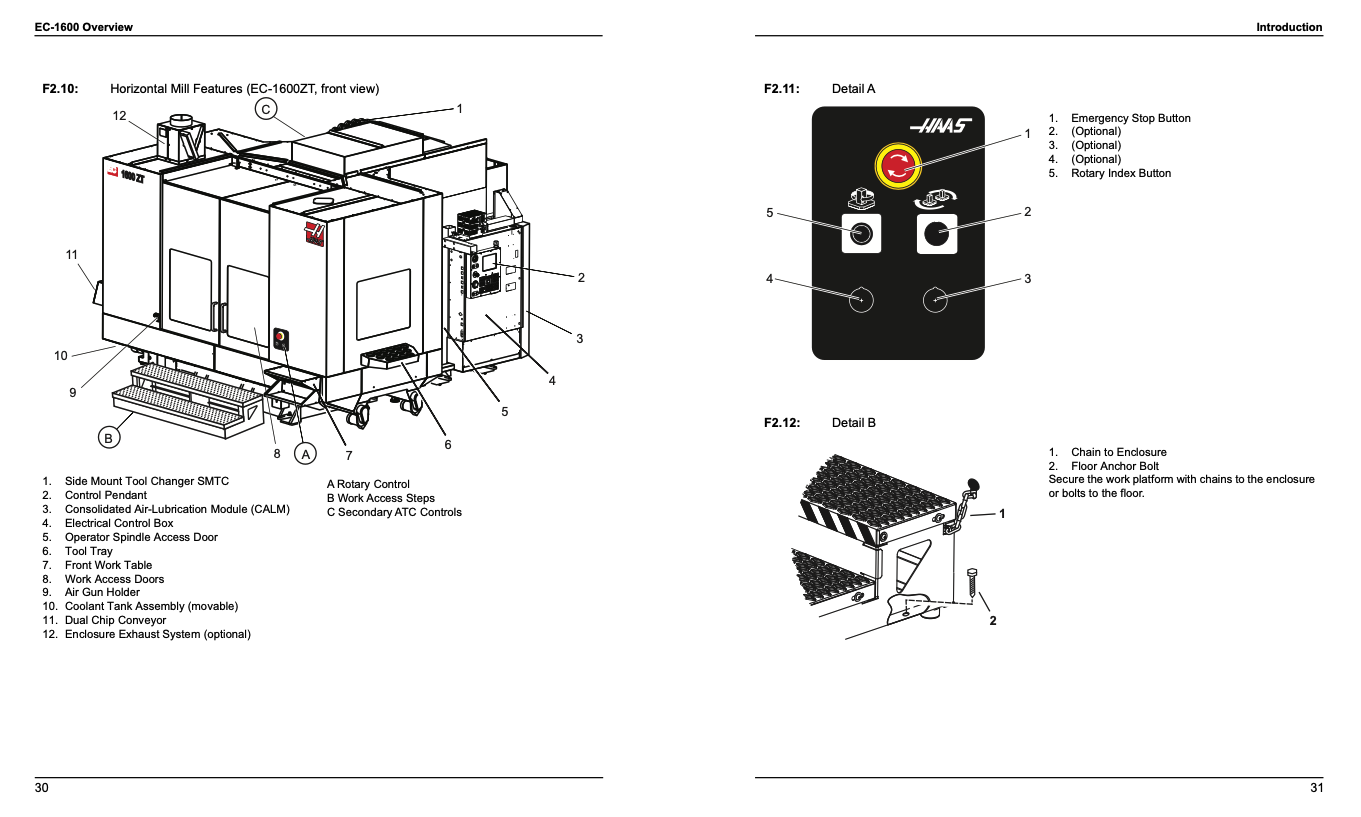
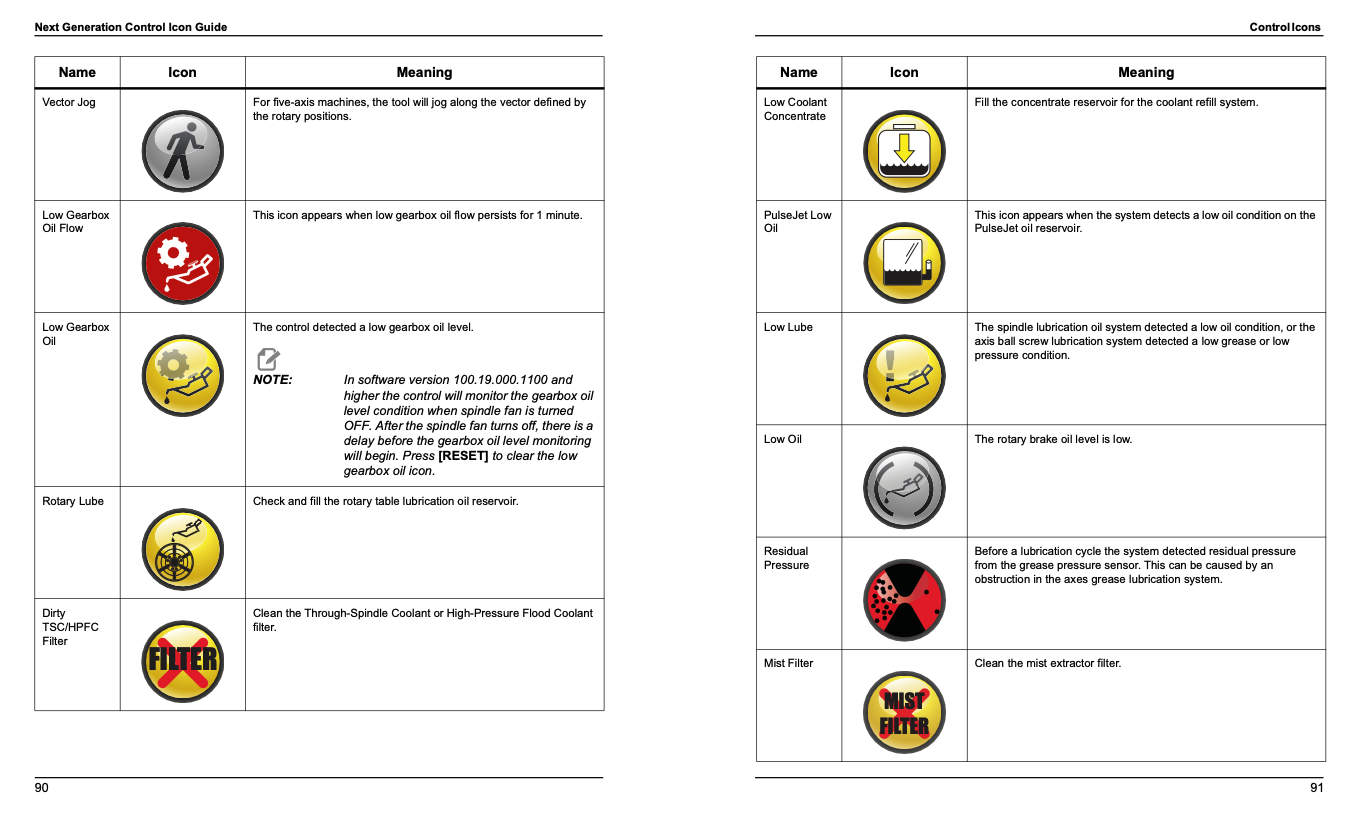
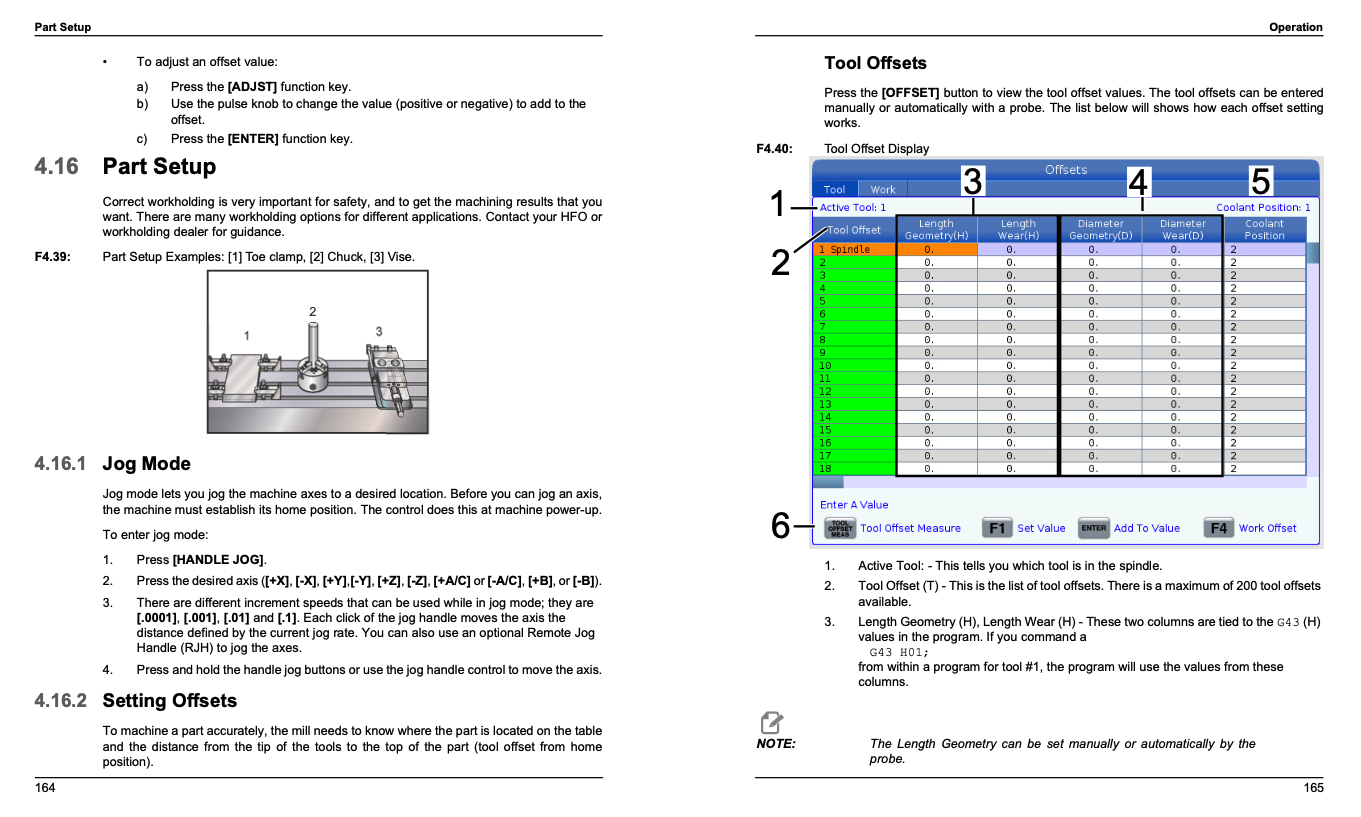
Let's unpack specific scenarios from our head-to-head test to understand precisely why webAI’s KG RAG significantly outperformed ChatGPT o3.
Query: “What is the spindle speed of the milling machine?”
Insight: While basic numeric retrievals are within reach of both systems, webAI’s consistent source citation adds significant trust and auditability—an essential factor in manufacturing, where accuracy must always be verifiable.
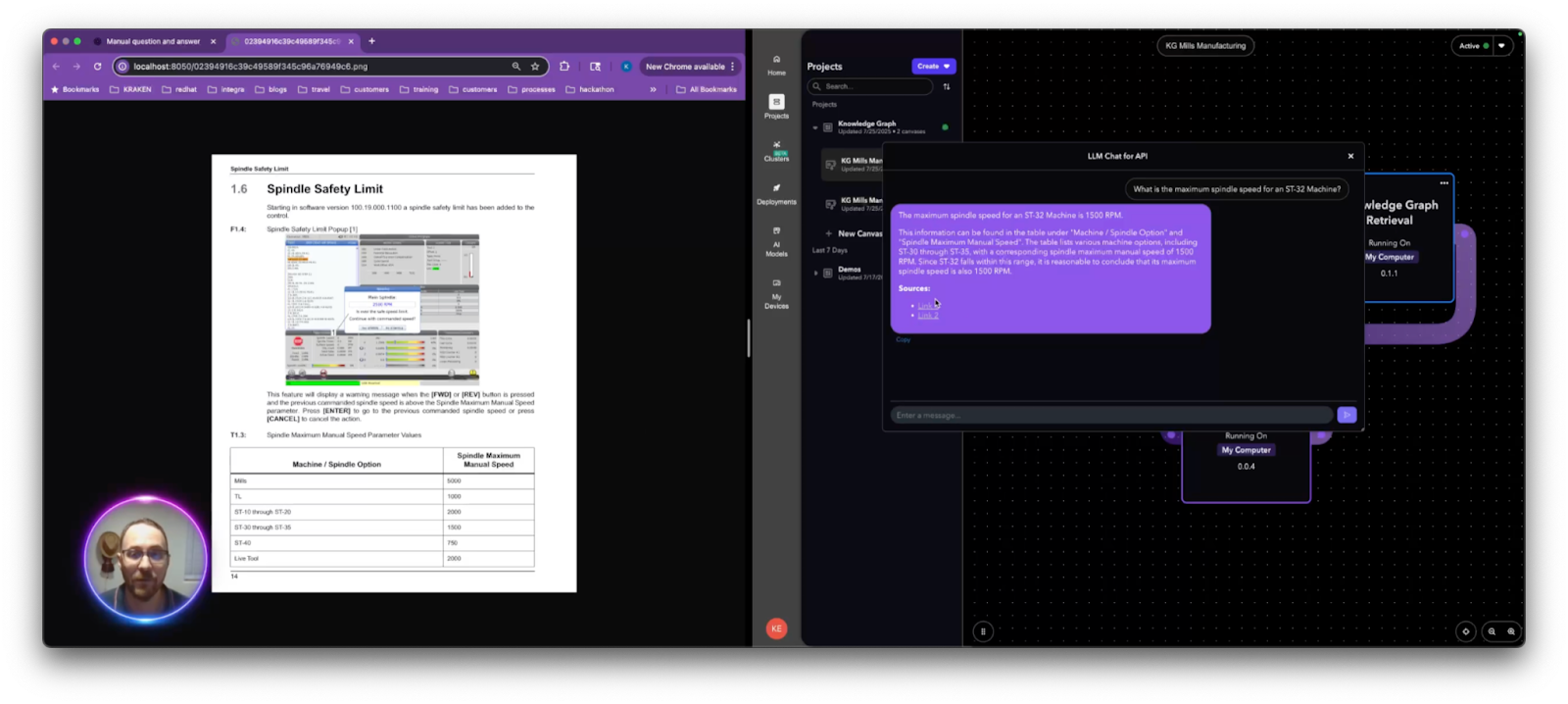
Query: “Describe the visual icon used for the power button.”
Insight: o3’s failure clearly demonstrates limitations typical of traditional text-centric RAG approaches, underscoring the importance of multimodal context. webAI’s embedded visual and textual data, fused within a single proprietary knowledge graph, allows the model to effectively interpret and retrieve spatial-visual information, preserving accuracy where traditional approaches fall short.
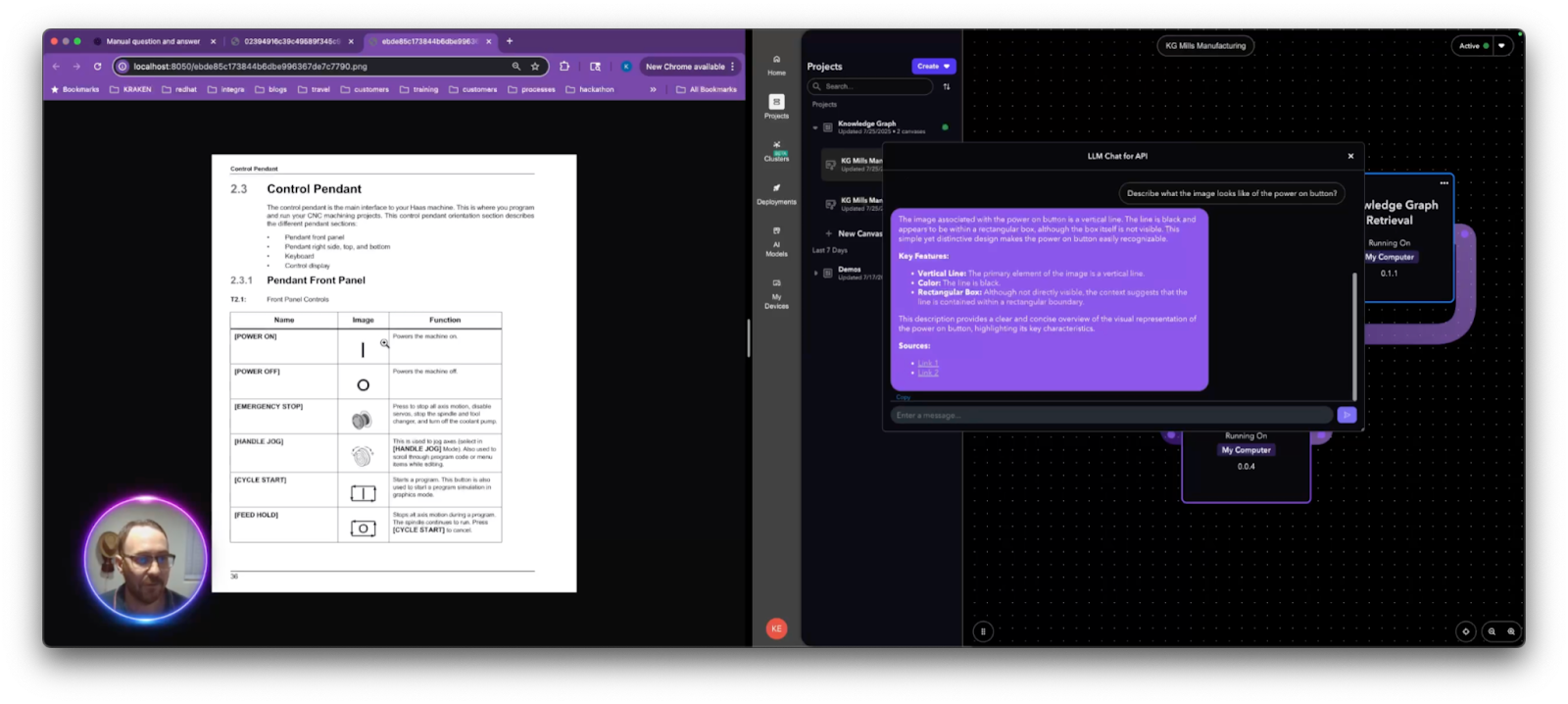
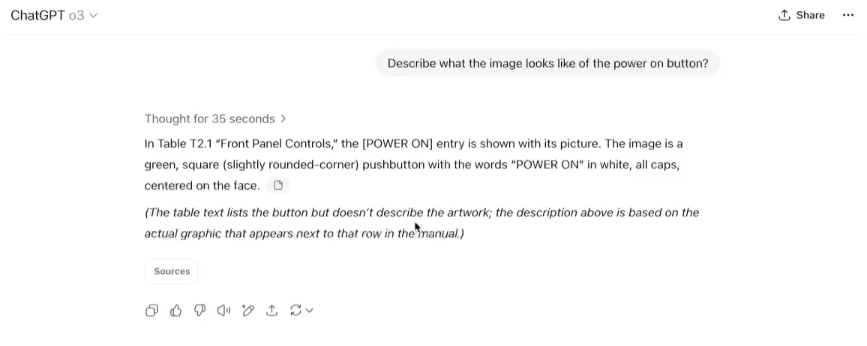
Query: “List all options displayed on the machine’s restore-menu pop-up.”
Insight: Traditional RAG methods frequently fail when critical context resides in images or visual tables. webAI’s multimodal graph ensures visual context isn't stripped away or fragmented, offering comprehensive retrieval that aligns exactly with the source material, significantly reducing potential operational confusion or error.
Query: “Explain how nested WHILE loops are implemented in the milling machine’s programming language.”
Insight: This scenario highlights the strength of knowledge graph-driven multi-hop retrieval. webAI’s structured graph not only retrieves the primary context but also naturally traverses related, nested details—essential in industrial settings where accurate implementation of programming instructions is safety-critical.
Query: “Explain the syntax of a FOR loop in the milling machine’s programming language.” (Note: FOR loops do not exist in this language.)
Insight: Though webAI marked this as uncertain, this scenario primarily tested LLM reasoning rather than retrieval. It demonstrates webAI’s advantage in mitigating hallucinations through rigorous grounding in documented reality. Even in uncertainty, webAI does not fabricate, which is crucial for trustworthiness in industrial compliance and safety contexts.
Across the complete set of queries, the results clearly showed webAI’s decisive advantage:
The test confirms exactly what previous research highlighted: Traditional RAG implementations consistently falter when multimodal context, structured reasoning, and detailed precision are needed.
webAI’s Knowledge Graph RAG consistently preserved critical multimodal information, accurately navigated complex document relationships, and delivered precise, verifiable answers at lightning speed—directly addressing key manufacturing challenges traditional methods cannot overcome.
Want to see the full test? Check out Keith’s video walk through on YouTube.
In manufacturing, accuracy translates directly into real operational impacts. The difference between webAI’s 95% and o3’s 60% accuracy is not merely academic. It’s mission-critical.
Specifically, this level of superior retrieval means:
This milling-machine manual test is only the first of many industry-specific head-to-heads planned. In the coming weeks, we will publish similar detailed evaluations across aviation maintenance, healthcare SOPs, and legal documentation—comparing webAI’s KG RAG directly against leading cloud-scale solutions.
The evidence is already clear: traditional RAG simply cannot keep pace with multimodal enterprise documentation. webAI’s proprietary fusion of vision and language into a single knowledge graph represents the next generation of retrieval solutions—more accurate, more reliable, and tailored directly to the complex demands of manufacturing and other industrial domains.
Experience firsthand how webAI can transform your multimodal document workflows:
How Leading Manufacturers Use Private AI & Knowledge Graph RAG
August 27, 2025 · 2 PM EST
Live demonstrations · Real-world industry Q&A · Head-to-head AI comparisons
Bring your own challenging PDFs. webAI’s Knowledge Graph RAG will handle the rest.